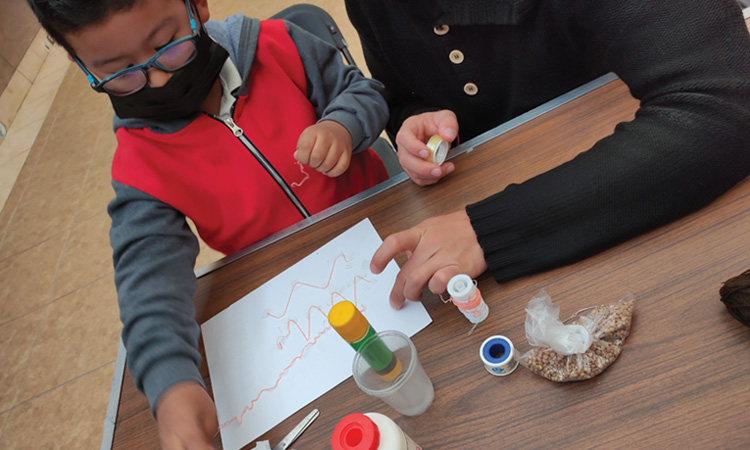Education
Optics Education for the Blind and Visually Impaired
Embracing inclusivity and adapted teaching techniques in STEM for people with vision impairments benefits not just students, but society as a whole.

A student using yarn on paper to learn about different wavelengths through texture. [Courtesy of A.K. Reyes]
Efforts to make education inclusive and diverse have been pursued throughout history. Research in pedagogy and psychology, social movements and changes in legislation have all contributed to these endeavors. One milestone came in 1948, when the worldwide right to education for all was established in the United Nations Universal Declaration of Human Rights. Then, in 1975, the Individuals with Disabilities Education Act guaranteed that children in the United States with disabilities have access to a free and appropriate public education, along with special education services and accommodations.
…Log in or become a member to view the full text of this article.
This article may be available for purchase via the search at Optica Publishing Group.
Optica Members get the full text of Optics & Photonics News, plus a variety of other member benefits.
